The Role of Companion Planting: How Certain Plants Can Help Each Other Thrive
Companion planting is an old gardening method that’s getting a lot more attention these days, and for good reason. It’s all about growing certain plants near each other so they can help one another out. Whether that’s by keeping pests away or giving a little extra support, some plants just make great neighbors.
This way of gardening can help you grow stronger, healthier plants. It can even cut down on bugs, improve the flavor of your vegetables, and lead to better harvests. If you’ve been trying to grow more with less effort, this is worth a try.
More people are leaning into natural and low-maintenance gardening practices, especially those who want to avoid using chemicals. Companion planting fits right into that mindset.
This post may contain affiliate links, which helps keep this content free. Please read our disclosure for more info.
What is Companion Planting?
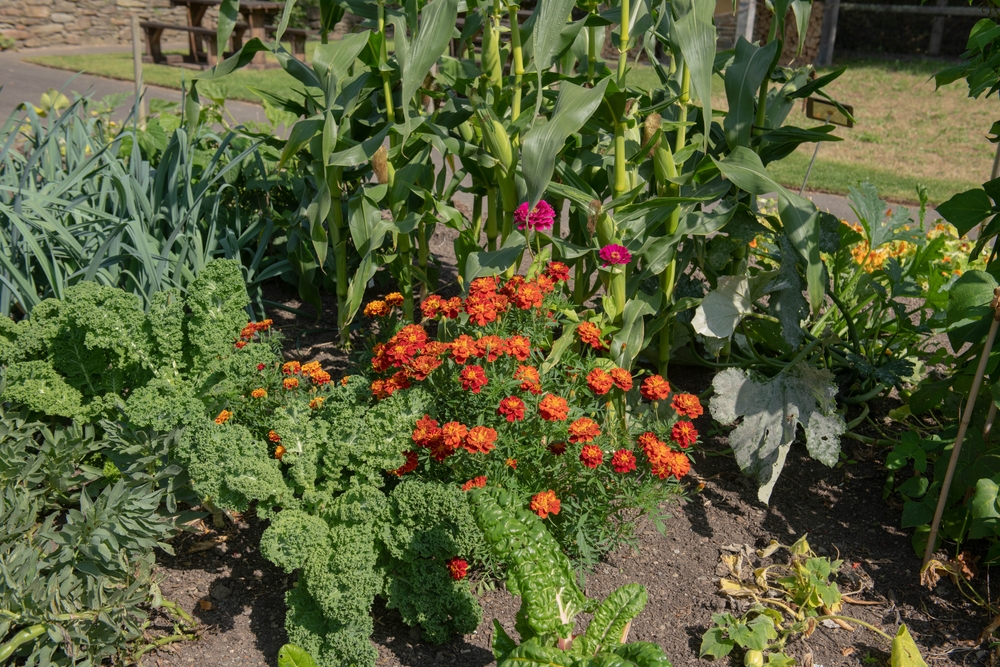
At its core, companion planting is about pairing plants that do well together. Some plants protect their neighbors, while others help feed the soil or make the most of the space around them.
You’ll find that certain plant pairs have a way of helping each other out. Maybe one keeps pests away, while the other attracts bees. In some cases, the relationship goes both ways, and both plants benefit from being close.
There are two kinds of helpful plant pairings. One involves plants that directly help their neighbor, like basil, keeping bugs off tomatoes. The other kind is more of a team effort, where both plants help each other grow and stay strong.
Benefits of Companion Planting
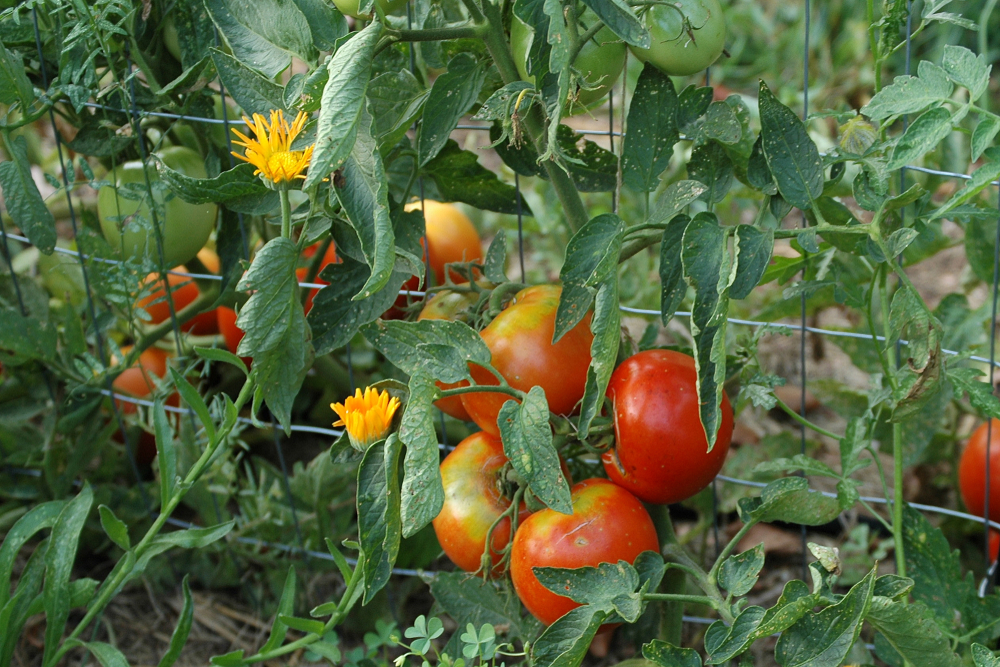
One of the biggest benefits is pest control. Some plants give off scents that bugs don’t like. Others attract good bugs that eat the bad ones. Either way, it helps protect your crops without spraying anything.
Another plus is pollination. Flowers and herbs that bring in bees and butterflies can help nearby fruits and vegetables produce more.
Some plants improve the soil, either by adding nutrients or breaking up hard ground with their roots. Others help you use space better, like planting tall and short crops together to make the most of your garden bed.
Examples of Companion Planting Success

Tomatoes and basil are a classic pair. Basil has a strong smell that keeps pests away from tomatoes. Many gardeners also say it makes the tomatoes taste better.
Here are other plant combinations that work best.
- Onions help keep carrot flies away
- Corn gives beans something to climb, beans feed the soil, and squash covers the ground to lock in moisture
- Marigolds help keep away aphids and other pests with their scent, which makes them a great choice to plant with most vegetables.
Plants to Avoid Planting Together
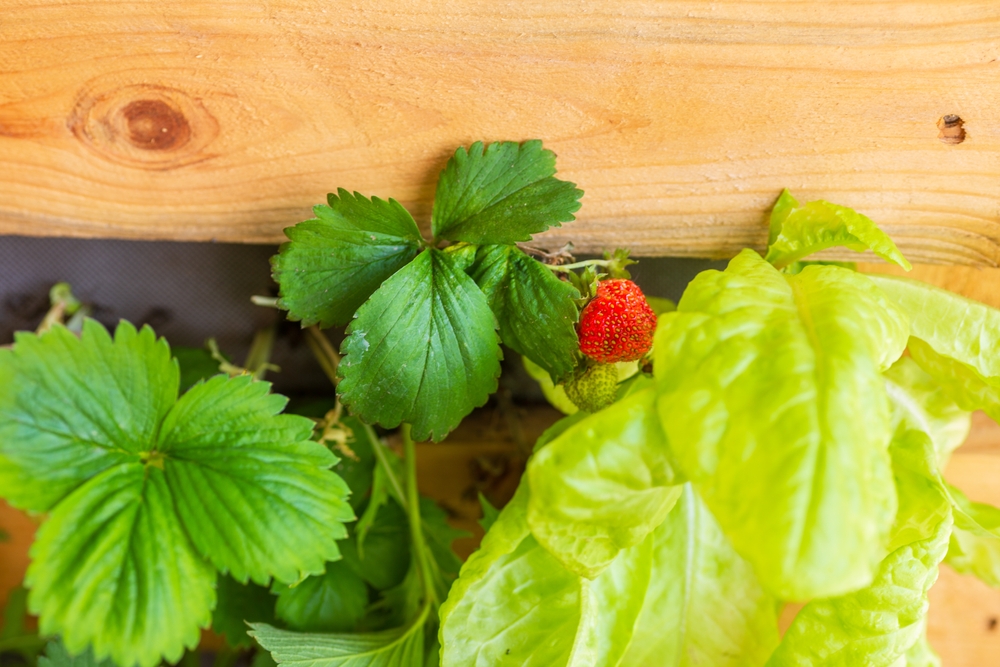
Some plants just don’t get along. They might compete for nutrients, block each other’s light, or attract the same pests.
Take tomatoes and potatoes. They’re both part of the same plant family and often fall victim to the same bugs and diseases. Keeping them apart can help avoid problems.
Cabbage and strawberries aren’t a great mix either. Cabbage can keep strawberries from growing well, and the two don’t offer much to help each other out.
How to Plan Your Companion Planting Strategy

Start by figuring out how much space and sunlight you have to work with. Some plants need full sun all day, while others can handle a bit of shade.
Once you’ve done that, try following these steps.
- Group plants with similar water, soil, and sun needs
- Pair them based on how they can help each other, like one repelling pests while the other attracts bees
- Move plant pairs around each season to avoid draining the soil and inviting pests to settle in
Getting everything planned out makes gardening a lot easier.
Companion Planting in Organic Gardening
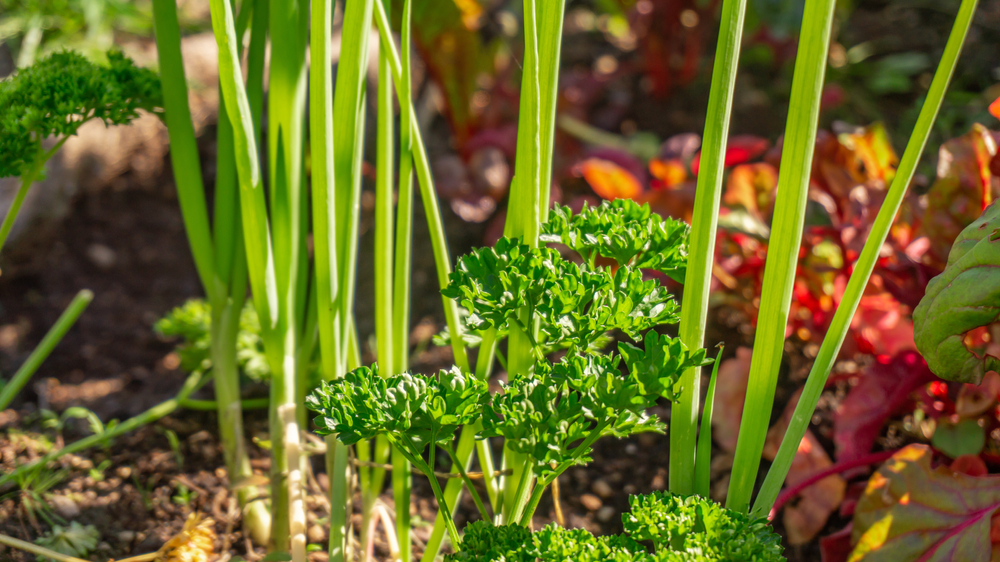
For folks who garden without chemicals, companion planting is one of the most helpful tools out there. It lets you manage pests, feed your plants, and keep your soil in good shape by choosing the right neighbors.
By using plants instead of sprays, you’re helping build a garden that takes care of itself more naturally. That’s why this method is so popular in organic gardening. Some gardening programs and certifications even include companion planting as part of their approach.
Tips for Successful Companion Planting
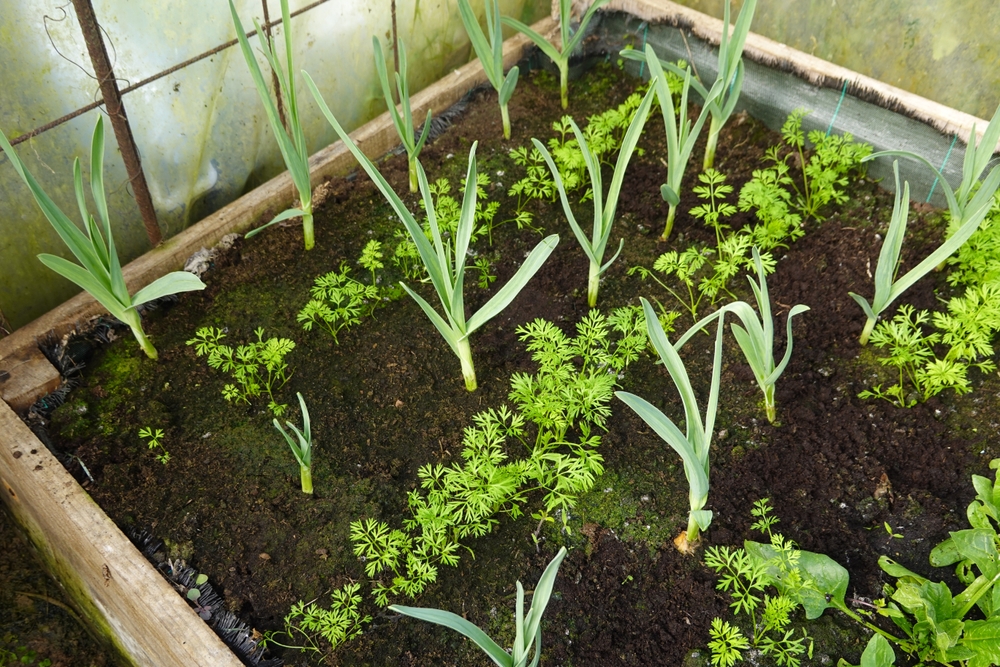
There’s a bit of trial and error involved, but here are some helpful things to keep in mind:
- Use companion planting charts or guides to get started
- Learn how your plants grow since some like to spread out, others grow tall, or climb.
- Try it in containers, raised beds, or even tiny garden plots.
- Write down which combinations worked well and which ones didn’t, so you’ll remember next season.
Companion planting is a simple way to help your garden grow better without doing more work. By picking the right plant pairs, you can grow healthier crops, deal with fewer pests, and maybe even enjoy tastier food.
Don’t be afraid to test out different combinations and see what works best in your garden. With a little observation, you’ll figure out what your plants like and what helps them thrive.
This article originally appeared on Avocadu.
